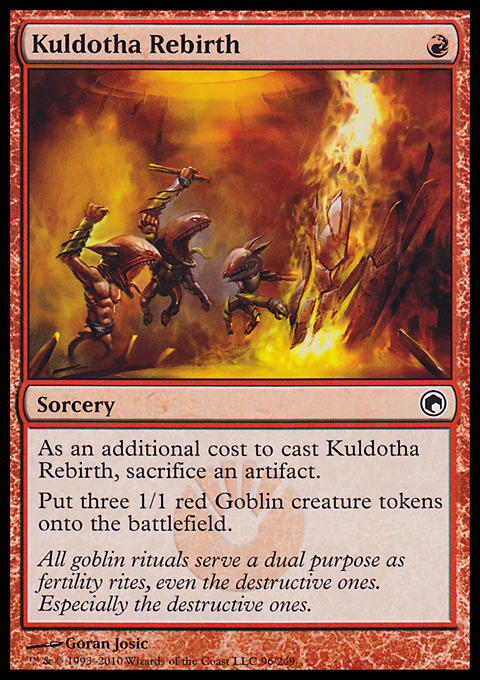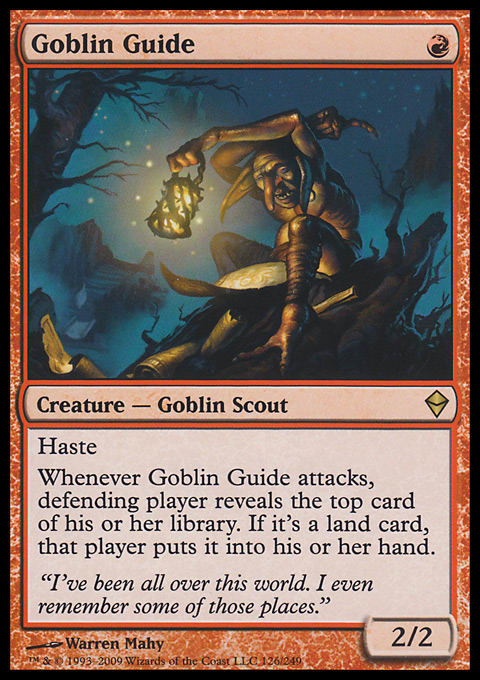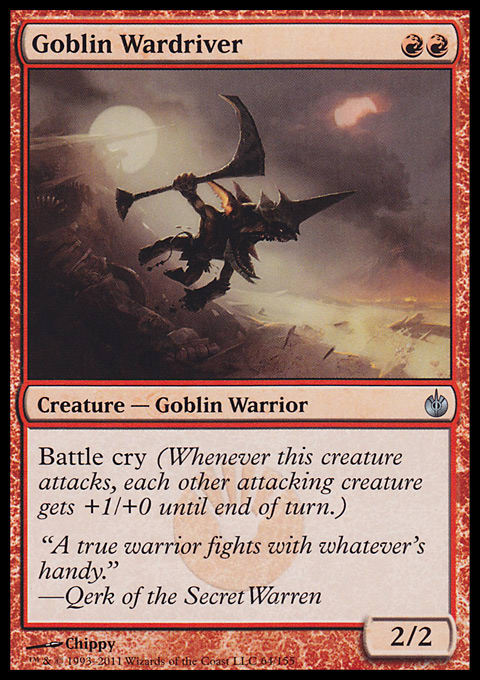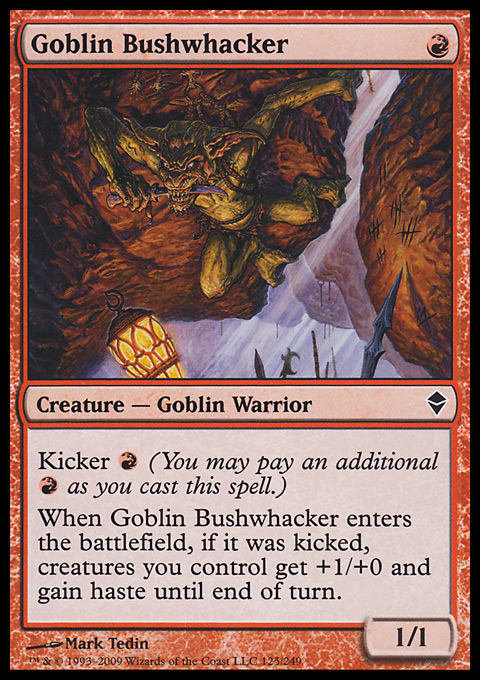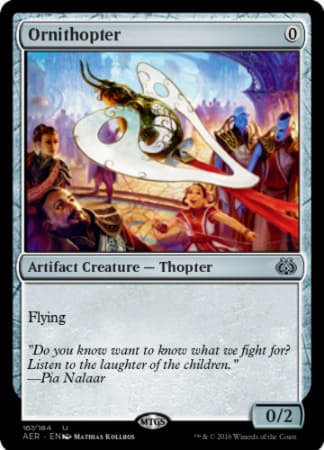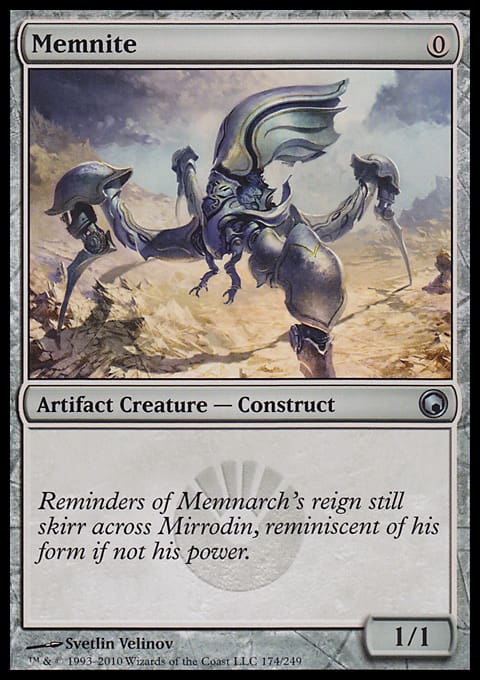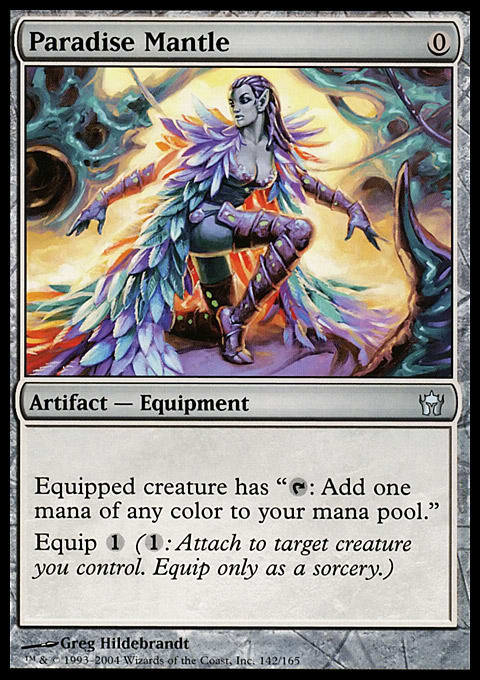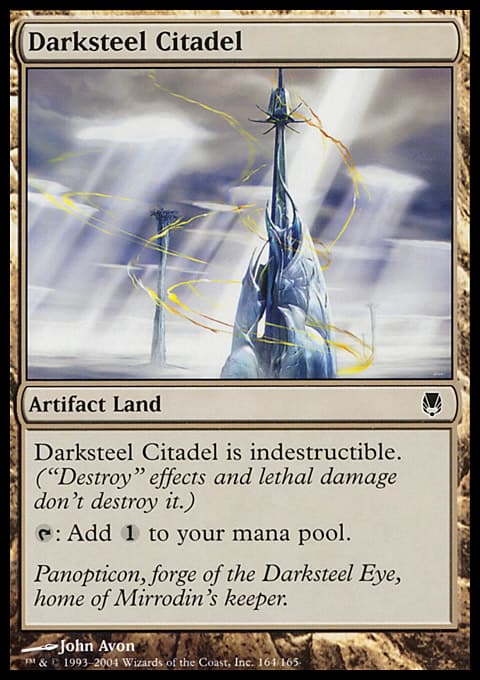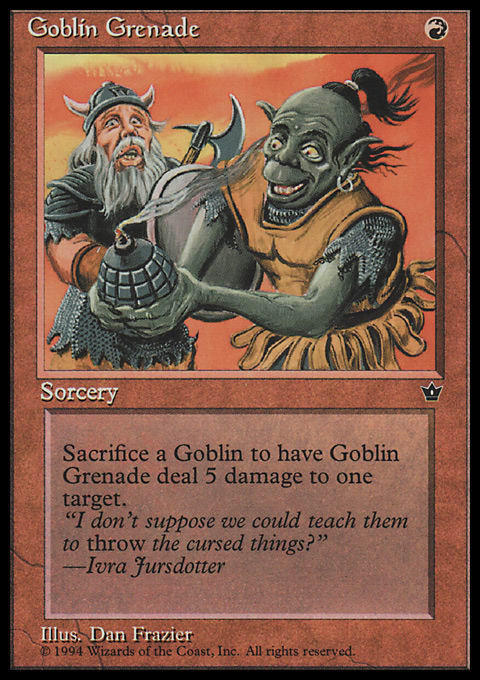With Battle for Zendikar completely changing the landscape of the format, there has been a lot of focus on Standard as of late. This week, I decided to break away from that and take a look at a new take on an old deck for Modern. You see, this new set has brought back memories of the first time we were on Zendikar—and of a unique deck from that Standard format.
Zendikar-Scars Standard is most often remembered for one deck and one deck alone: Caw-Blade. It was one of the most dominant decks ever to grace the format, and its two centerpiece cards are even banned in Modern. However, what some may not remember is that it took quite some time for the deck to be discovered. Although the first of its namesake blades was released in October 2010, it wasn’t until March of the following year that Caw-Blade first entered the scene, and it took even longer for it to become the dominant force we all know and hate.
In that time, there was a brief window, between the release of Mirrodin Besieged and the rise of Caw-Blade, when another deck had a chance to shine: Kuldotha Red. Using Ornithopter and Kuldotha Rebirth, the deck could quickly spew forth an army of Goblins. It would then pump them up with cards like Signal Pest and Goblin Bushwhacker. Even Contested War Zone made an appearance. And of course, who could forget one of the greatest 1-drops of all time: Goblin Guide? This may have been the fastest Standard red deck of all time, but it quickly faded into obscurity once Caw-Blade started playing turn-three Batterskulls.
Now it’s time to bring it back.
Kuldotha Red ? Modern | Mike Cannon
- Creatures (27)
- 3 Legion Loyalist
- 4 Goblin Bushwhacker
- 4 Goblin Guide
- 4 Goblin Wardriver
- 4 Memnite
- 4 Ornithopter
- 4 Signal Pest
- Spells (15)
- 4 Goblin Grenade
- 4 Haze of Rage
- 4 Kuldotha Rebirth
- 3 Paradise Mantle
- Lands (18)
- 16 Mountain
- 2 Darksteel Citadel
The Goblins
Kuldotha Rebirth is among the most impactful cards in the deck. Putting three Goblin tokens on the battlefield for 1 mana is already awesome, but when you turn those Goblins into 4/1s, you’re looking at an absurd amount of damage. Of course, this all comes at a cost. Not only do you have to sacrifice an artifact, you have to sacrifice some deck space to include those artifacts. Fortunately, the card seems strong enough to justify the high price of playing it.
When it comes to aggressive 1-drops, Goblin Guide has no equal. Attacking for 2 damage before your opponent even plays his first land is a great way to start the game. The downside is also nearly irrelevant in a deck like this. The game will probably be over by turn four anyway, so who cares if your opponent has an extra card or two?
Legion Loyalist doesn’t have quite the power that Goblin Guide does, but it does serve a very important function in this deck. With how much you can pump up the power of your creatures, giving them trample is a great way to ensure you deal lethal damage even if your opponent has blockers. If you’re not ending the game just yet, first strike can help your creatures survive. The token clause may not come into play often, but when your opponent makes an army of Spirits with Lingering Souls, you’ll be glad it’s there.
Goblin Wardriver is truly a diamond in the rough. A 2/2 for 2 is normally pretty mediocre, especially in Modern. With how many creatures this deck makes, however, battle cry is often like tacking on an extra 5 or 6 power. An 8/2 for 2 is an incredible deal no matter what format you’re playing.
Goblin Bushwhacker essentially serves the same function as the Wardriver, but it does it in an almost opposite way. Rather than spending a turn with summoning sickness and pumping your creatures every following turn, it hands out its short-lived power boost right away. It’s among the best ways to deal that final blow. It also gives your creatures haste, so any cheap threats you still have in your hand can be put to use right away.
The Artifacts
Ornithopter and Memnite are pretty straightforward. They’re free, they’re creatures, and they can actually attack for quite a bit of damage in this deck. They also allow you to cast Kuldotha Rebirth, turning a single creature into three. Don’t be shy about sacrificing these if you don’t have a less useful artifact lying around.
Signal Pest, despite being an artifact, will almost never be fodder for Kuldotha Rebirth. Instead, it works with your Goblin tokens by giving them extra power to attack with. Although it’s a 0/1, Signal Pest can still get in some damage thanks to the other power-pumping cards. Its pseudo-flying will also keep it out of trouble when it attacks.
Paradise Mantle is often your first choice when deciding what to sacrifice to Kuldotha Rebirth. However, it can also help alleviate some of the mana problems that come from playing only eighteen lands. Use it if you have to; sacrifice it if you can.
Darksteel Citadel puts a little extra pressure on the mana base with cards like Goblin Bushwhacker and Goblin Wardriver demanding double red, but in testing, it seemed that two copies usually worked out all right. You don’t want to be stuck with a Kuldotha Rebirth in hand and no artifacts. Darksteel Citadel helps prevent that from happening.
The Finishers
Although you can certainly close out a game with creatures alone, you sometimes need a little extra push to get enough damage through. Haze of Rage will often give your creatures +2/+0 or more thanks to storm, making it an easy way to generate a lot of extra power for not a lot of mana. Goblin Grenade bypasses the combat phase entirely, appealing directly to your opponent’s life total with the proposition of 5 damage. Since you won’t cast it until it’s going to win the game, the additional cost is basically meaningless. That leaves you with an instant-speed Lava Axe for just 1 mana.
The Strategy
This deck has one strength: It is blazingly fast. Step aside, Affinity, there’s a new king in town. Putting out 20 damage by turn three is not uncommon, and if you miss that mark, you’ll consistently deal around 30 by the following turn. That leaves you plenty of room to handle any removal spells or blockers your opponent throws at you. Of course, this speed comes with a downside. Unlike Affinity, this deck has no long game to speak of. If your opponent stabilizes, you’re pretty much dead in the water unless you can get your hands on a pair of Goblin Grenades.
All this adds up to the fact that you should be attacking as much as possible. Don’t be afraid to lose a few creatures for the greater good. However, you also shouldn’t sacrifice threats prematurely if they would be better off sticking around for a big Haze of Rage next turn. Do the math, and use your best judgment.
The deck has two main sticking points when it comes to strategy. The first is sequencing. If you’ve played aggro before, you should already have some experience with this. However, this deck takes things to a whole new level. The combination of token-making, battle cry, and immediate pumps from Bushwhacker and Haze of Rage can make it difficult to figure out what to do next. The correct answer will depend on the situation, but as a general rule, you’ll want to put your battle cry creatures on the field quickly, saving the more immediate boosts for last.
The second hitch comes from the artifact interactions. First of all, you need to figure out what to sacrifice to Kuldotha Rebirth. If you’re not struggling with mana, Paradise Mantle and Darksteel Citadel should be your first choices. If you need the mana or don’t have one of those, Ornithopter is next in line, followed by Memnite. You should rarely sacrifice Signal Pest, as it can usually provide much more damage through battle cry than you’d gain from the three tokens.
Kuldotha Rebirth isn’t the only tricky part of playing with free artifacts. Haze of Rage loves to have a 0-mana card around for storm. Sometimes, deciding what to save is easy. If you have a Paradise Mantle and don’t particularly need to use it or sacrifice it to Kuldotha Rebirth, hold onto it. Unfortunately, the creatures are a bit more difficult to figure out. If you have Haze of Rage already in hand and you know you’ll have enough creatures on the battlefield, an Ornithopter or Memnite might be better off helping the storm count. However, you’ll be giving up some damage from battle cry. Although it’s hard to predict what your opponent might do in the meantime, try to look several turns ahead and see which plan might give you more damage.
This is one of the most fun Modern decks I’ve played in quite a while, and the amount of damage it can deal in one turn is truly staggering. If you want a fast, aggressive deck that’s a bit different from the usual fare, give this one a try.













